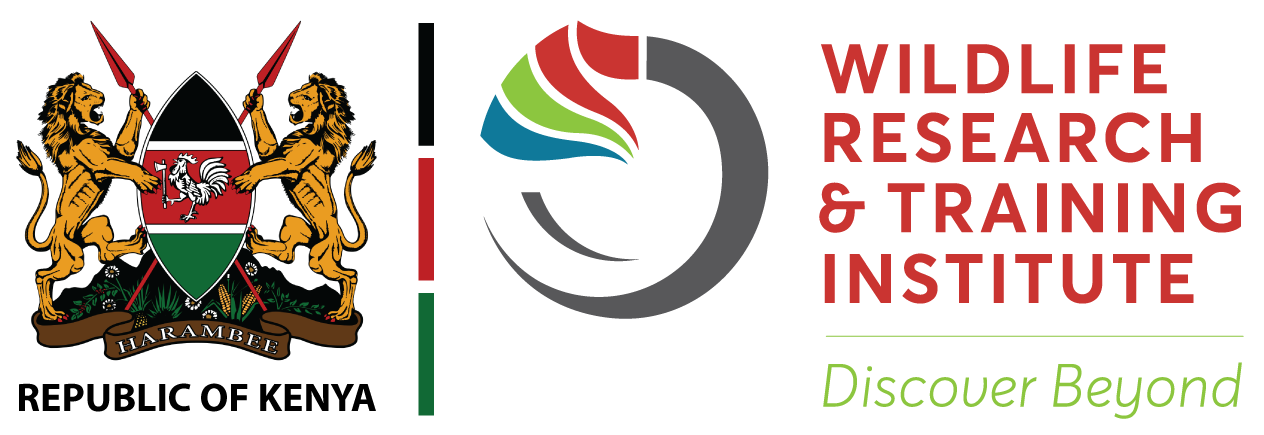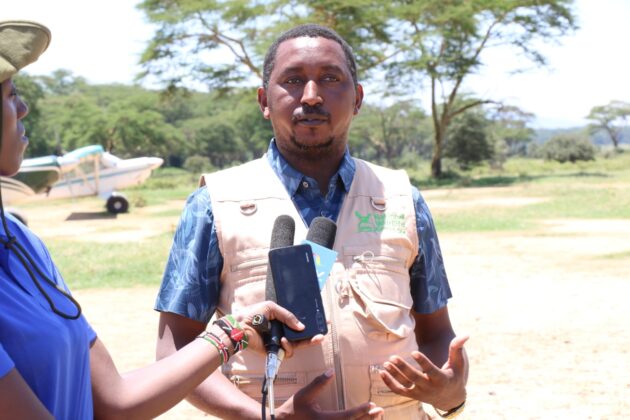Principal Scientists at WRTI, Stephen Ndambuki said there was need to connect protected areas such as wildlife ranches and conservancies to ease movement for animals as they seek different mineral and nutrition sources.
He advised managers of the said ranches to apply for the necessary documents that would allow them to open the corridors.
Speaking in Nakuru WRTI kicked off the second phase of the national wildlife aerial census at Lake Nakuru National Park and Bird Sanctuary, Ndambuki observed that animal move according to their needs.
“One ranch may have a salt lake while the other do not have a resource where the animals can go for minerals, they also feed of particular plants for certain nutrients which may be in one conservancy and not in the other,” he said.
Nakuru has many wildlife ranches which include Soy Sambu, Kedong, Delamere and Suswa among others.
He said the census would offer comprehensive report of the biodiversity within the Lake Nakuru ecosystem which is essential for tracking wildlife populations.
“Precise statistical information on wildlife populations and their habitats would inform conservation strategies and policy decisions,” He said.
Ndambuki said the data collected through the census would help identify critical areas for protection and design wildlife corridors.
He said understanding wildlife distribution and their movement patterns helps in effective habitat management.
“The data collected will advise retooling of conservation programs for the major species which have been adversely affected by climate change and human activities,” said Ndambuki.
He added that the aerial survey will enable the government obtain data on wildlife resources.
While the survey was being conducted from within the world famous Lake Nakuru National Park, the survey focused on the ranches surrounding the park and wild animals living outside protected areas.
“We are using fixed wing small aeroplanes which are meant for savannahs and grasslands but the park is densely populated and has large patches of forested areas,” he said
Ndambuki said the team would be using helicopters for parks and forested areas because the bigger equipment is also used to push animals out of the forested areas onto grasslands for counting.
He revealed that that team would be moving to Solio ranch in Laikipia today and Ruma National Park in Western Kenya next week.
Credit:https://www.capitalfm.co.ke/news/2024/09/kws-wrti-seeking-to-create-wildlife-migration-corridors/

